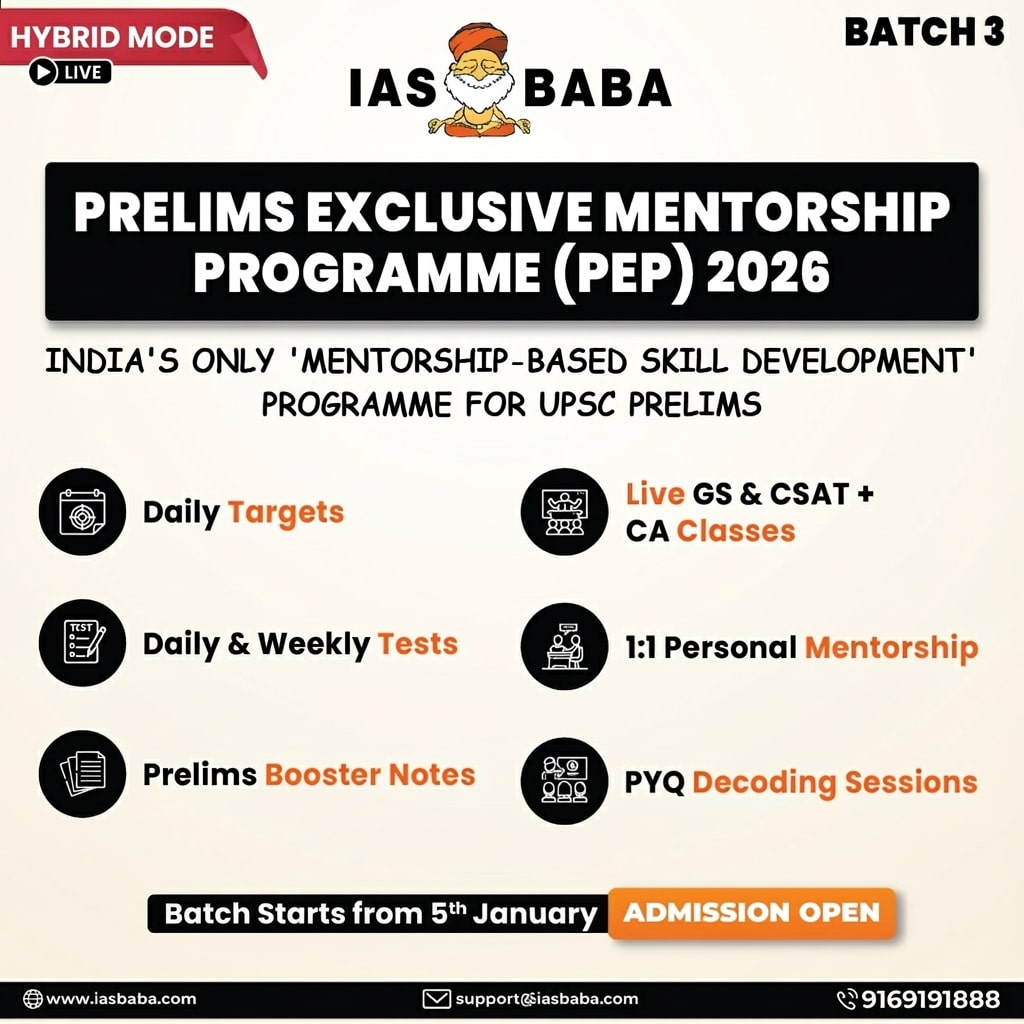Indian Economy, TLP-UPSC Mains Answer Writing
Q. 1. India’s economy has been growing, but enough jobs aren’t being created. What are the main reasons for this jobless growth, and how can it be addressed? (150 words, 10 marks)
Introduction
India’s GDP grew at 7.2% in 2022–23 and 8.2% in 2023–24 (MoSPI), yet unemployment remains high at 6.6% (PLFS, July 2024). With employment elasticity falling below 0.1, India faces a clear challenge of jobless growth.
Body
Key Reasons for Jobless Growth
- Capital-Intensive Growth Model: Industries prefer automation over labour absorption.
- Low Manufacturing Share: Employment fell from 51 mn (2016–17) to 27.6 mn (2020–21) (CMIE).
- Informal Sector Dominance: Over 90% of employment is informal (Arjun Sengupta Committee), leading to low-quality, insecure jobs.
- Skill Mismatch: Fewer than 50% of graduates are employable (India Skills Report, 2023).
- Technological Disruption: WEF’s Future of Jobs Report 2023 estimates 69% jobs in India face automation risk.
- Agrarian Overdependence & Low Female LFPR: High disguised unemployment and care burdens.
- Lack of Credible Labour Data: Prior to PLFS (2017–18), estimates were irregular, hampering policy design.
- Pre-LPG Legacy & Service Sector Bias: Earlier protectionist policies and post-1991 services-led growth failed to generate wide employment.
Solutions to the Problem of Jobless Growth
- Promote Labour-Intensive Sectors: Focus on textiles, tourism, construction for mass employment.
- Modernise Skilling: Align education with market needs—AI, robotics, data skills—as recommended by the National Skill Development Corporation (NSDC) and reflected in the India Skills Report (2023).
- Ease of Doing Business for MSMEs: Improve contract enforcement, credit access, tax incentives.
- Expand Urban Employment Schemes: As suggested by Azim Premji University’s Urban Employment Guarantee Report (2020).
- Accelerate Labour Law Reforms: Implement the four labour codes uniformly to balance flexibility with worker security.
- Reform SEZs for Employment Generation: Adopt the Baba Kalyani Committee’s 3Es framework—Employment, Economic activity, and Exports—for next-gen SEZs.
- Production Incentives with Job Linkage: Align PLI with employment mandates and extend it to labour-intensive sectors.
- Implement New National Manufacturing Policy: Target creation of 100 million jobs and raise manufacturing share in GDP.
Steps Taken by the Government
- PMKVY & Skill India Mission: Over 55 million trained via 100,000+ centres (NSDC).
- NEP 2020: Introduces skill-based curricula and vocational training in schools.
- PLI Scheme & Gati Shakti: Incentivise manufacturing, infrastructure, and logistics sector employment.
- Skill India Digital Platform (Union Budget 2024–25): Aims to train youth in emerging tech fields.
- Periodic Labour Force Survey (PLFS): Institutionalises regular employment data collection.
- Cabinet Committee on Employment & Economic Growth: Coordinates multi-sector job creation efforts.
Conclusion
As emphasised by the Economic Survey 2022–23, sustainable job creation demands aligning growth with employment through sectoral diversification, manufacturing push, and skilling— ensuring India’s demographic dividend translates into inclusive prosperity.














